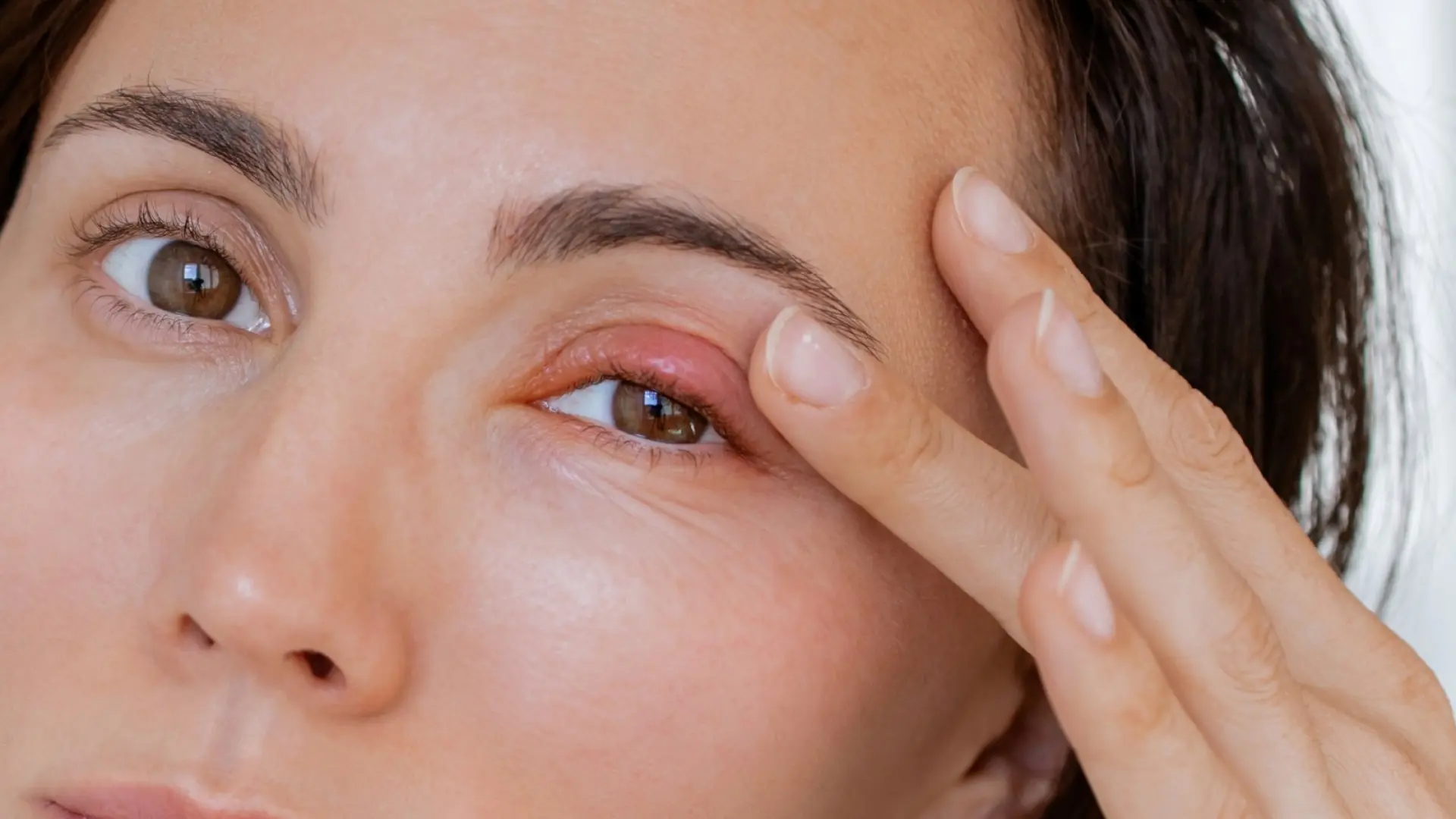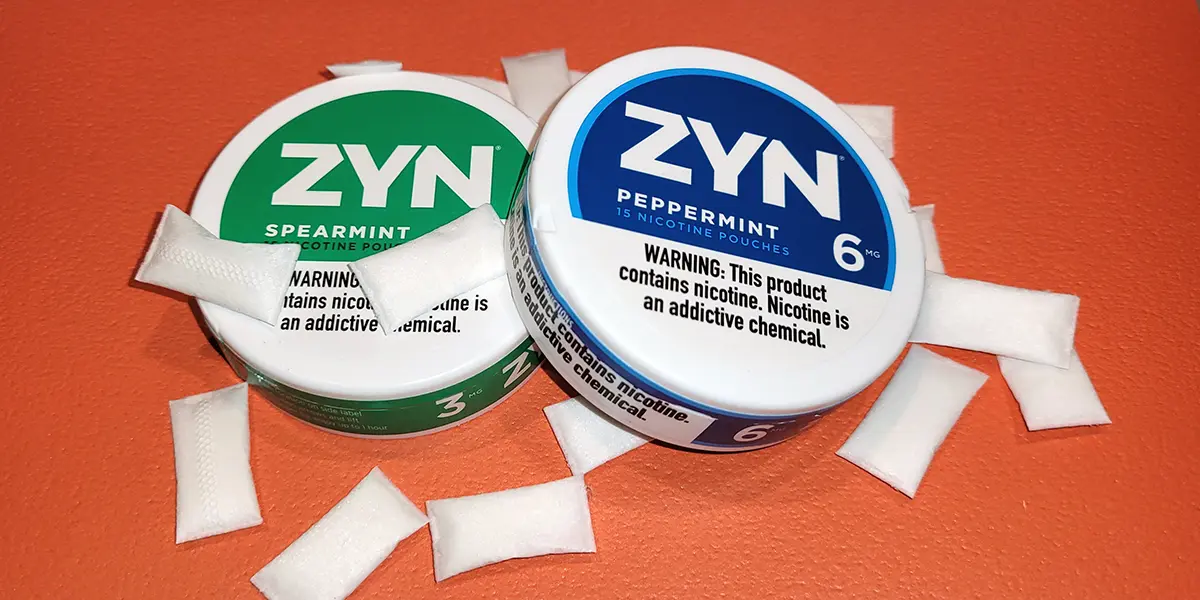Dealing with some sort of eye irritation, and you’re wondering: Is it pink eye, or is it a stye? Honestly, it can be tricky to figure out, especially since they both involve your eyes getting a little… well, uncomfortable. Redness, swelling, irritation — these can happen in both, but knowing the pink eye vs stye can help you figure out what’s really going on and how to treat it.
In this article, we’re going to break down the key differences in pink eye vs stye, including their causes, symptoms, and treatment options. You’ll get a solid understanding of what sets them apart, how to handle them, and when it might be time to see a doctor.
If you’re dealing with a swollen eyelid, mild pain permanently, or just some eye discomfort in general, keep reading. It’s time to get clear on whether you’re dealing with one of these common eye conditions or something else entirely.
1. Understanding Pink Eye (Conjunctivitis)
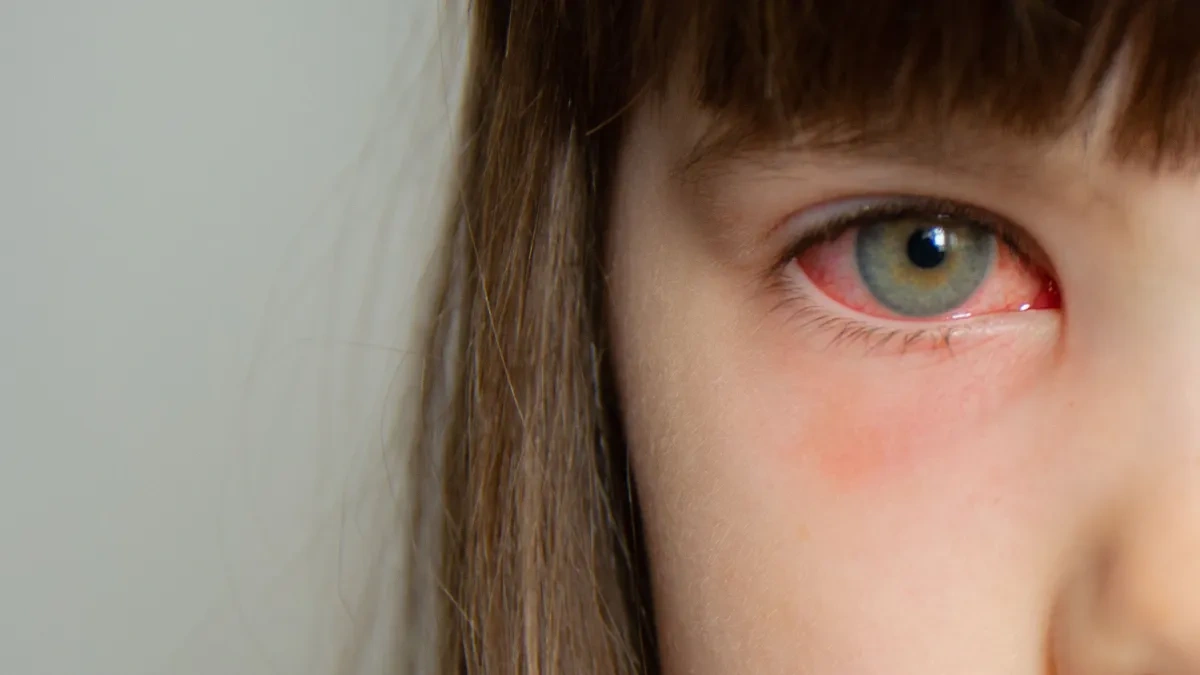
Pink Eye vs Stye may seem similar, but they’re actually quite different conditions. Pink eye, also known as conjunctivitis, is one of those conditions that’s more common than you might think. It’s when the clear tissue that lines your eyelids and covers the white part of your eye (called the conjunctiva) gets irritated or infected. The result? A red or pink appearance, which, as the name suggests, is why we call it pink eye.
There are different types of pink eye — viral, bacterial, allergic, and irritant. Each one has its causes and symptoms, but all of them have one thing in common: they can be pretty uncomfortable.
- Viral Conjunctivitis is usually caused by a virus, like the adenovirus. This type is contagious and spreads easily, often through respiratory droplets or even contact with contaminated surfaces. So, it’s not unusual for it to spread in schools or offices, especially if people are sharing towels or touching public surfaces.
- Bacterial Conjunctivitis is caused by the transfer of bacteria, like Staphylococcus aureus, and often produces more pus or thicker discharge compared to viral pink eye. This is also contagious, but it’s usually easier to treat with antibiotics.
- Allergic Conjunctivitis happens when you’re allergic to things like pollen, dust, or pet dander. It’s not contagious, but it can cause itching, redness, and watery eyes, usually accompanied by other allergy symptoms like a runny nose or sneezing.
- Irritant Conjunctivitis is triggered by things like chemicals, smoke, or even dry eyes. It’s more of an irritation than a common eye infection, and it can happen from things like perfume or exposure to harsh environmental irritants.
Common Symptoms of Pink Eye:
Pink eye can come with several telltale symptoms that make it stand out from other eye conditions. These pink eye include1:
- Redness: The white part of your eye might become pink or red due to the blood vessels becoming inflamed.
- Itching or Burning: Depending on the cause, your eyes might feel itchy or like they’re burning.
- Watery or Thick Discharge: If you have viral conjunctivitis, you might get a watery discharge. On the other hand, bacterial conjunctivitis usually produces a thicker, yellowish discharge.
- Swollen Eyelids: Your eyelids might feel swollen, and this can be especially noticeable in the mornings.
- Crusty Eyes: In some cases, especially with bacterial infections, the discharge might cause your eyelids to stick together when you wake up.
2. What is a Stye?
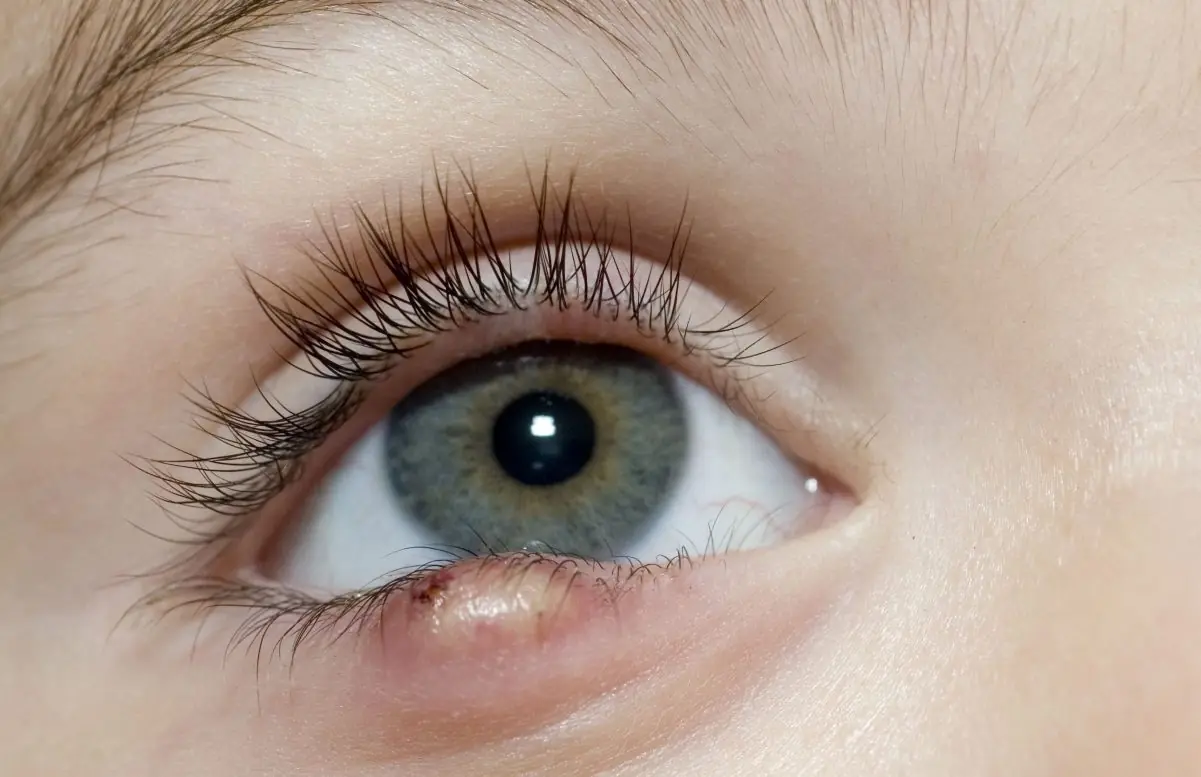
A stye (also known as a hordeolum) is quite different from pink eye, but it can be just as uncomfortable. Unlike pink eye, which affects the conjunctiva, a stye involves a bacterial infection in the oil glands or hair follicles at the base of your eyelashes. It’s like a little pimple or bump that forms on the edge of your eyelid, usually on the top or bottom.
Here’s what you need to know:
Causes: A stye is almost always caused by bacteria, typically Staphylococcus, which is the same bacteria that can cause other skin infections.
Pain and Swelling: Styes can be painful, and they often cause the eyelid to become red, swollen, and tender. This is a key sign of pink eye, where the redness is usually more diffuse across the eye.
Localized Bump: The biggest giveaway is the localized bump you’ll feel on the edge of your eyelid. If you’re able to feel a small, painful lump that’s close to your eyelashes, it’s likely a stye.
Discharge: Unlike pink eye, which often has a watery or thick discharge, a stye might produce pus, but it’s usually contained to the bump.
3. Causes of Pink Eye
When it comes to pink eye, the causes are pretty varied, and understanding them can help you figure out the best way to treat it. As we mentioned, pink eye can come from several different sources: viruses, bacteria, allergies, or even irritants in the environment. Here’s a closer look at each of the causes and how they affect your eyes.
Viral Pink Eye
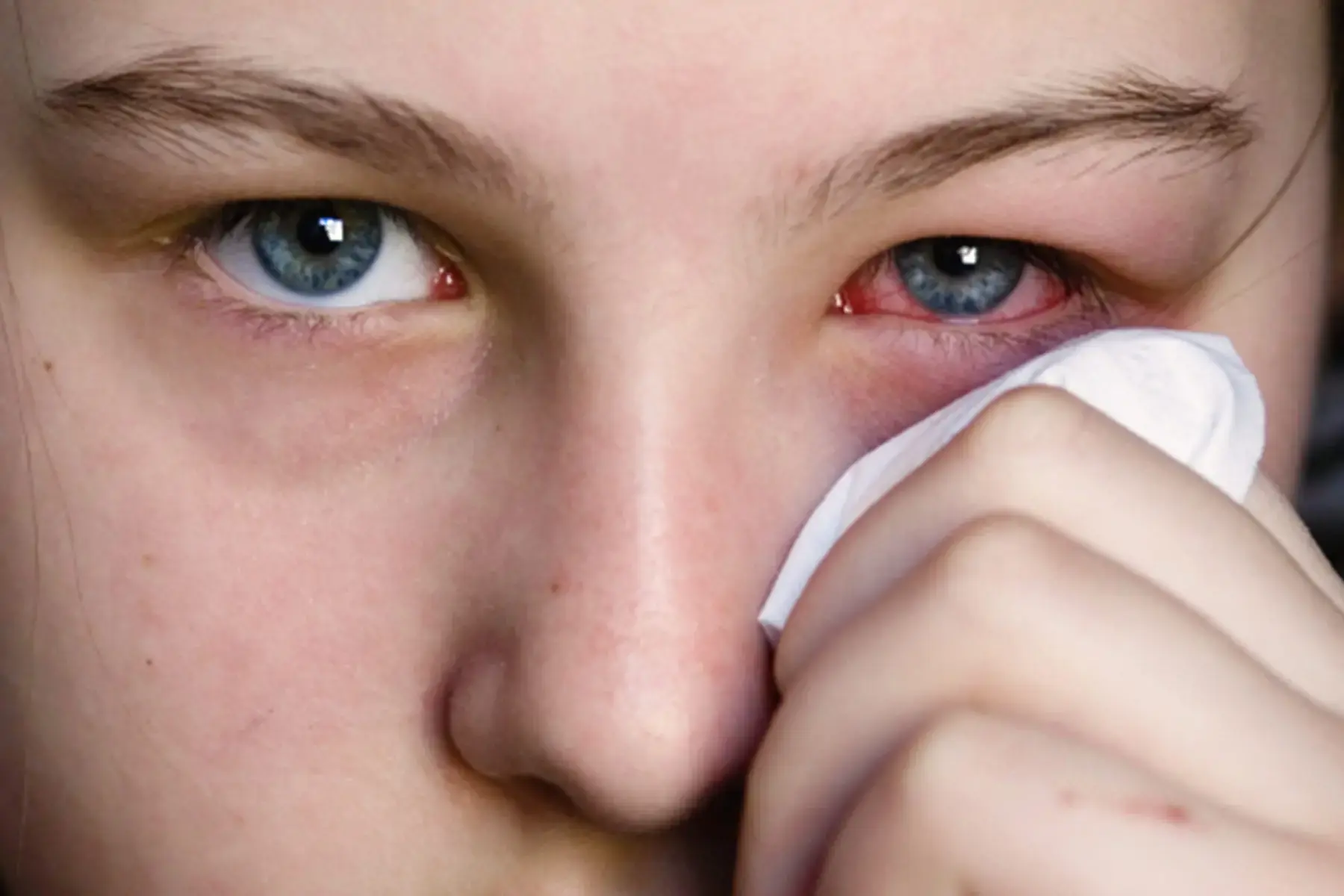
- Cause: Most often caused by a virus like the adenovirus, viral conjunctivitis can spread quickly, especially if you’re exposed to someone who’s already infected.
- Spread: It’s highly contagious and can spread through respiratory droplets, such as when someone coughs or sneezes, or by touching contaminated surfaces.
- Symptoms: It usually starts with red eyes, watery discharge, and a scratchy feeling. If you have viral pink eye, you might also experience secondary symptoms of a cold or a respiratory infection.
- Treatment: There is no cure for viral pink eye, but it generally resolves on its own in 7-10 days. You can manage symptoms with over-the-counter eye drops and warm compresses.
Pro Tip: If you have viral conjunctivitis, use a cold compress on your eyes and avoid wearing contact lenses until your symptoms subside.
Bacterial Pink Eye
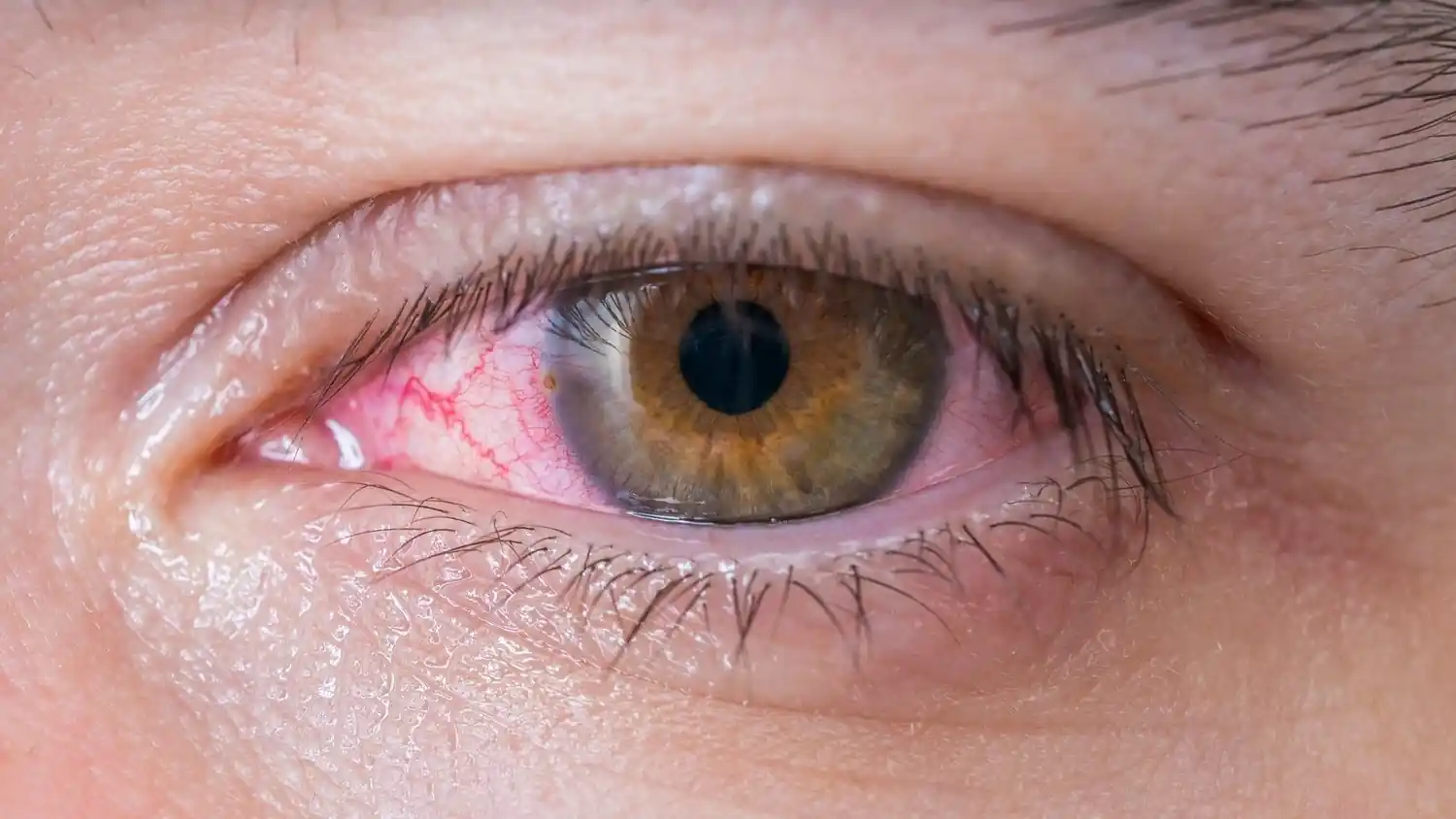
- Cause: Staphylococcus aureus and Streptococcus pneumoniae are two of the most common bacteria responsible for bacterial conjunctivitis.
- Spread: Like viral pink eye, bacterial infections are contagious, usually spread through contact with contaminated towels or surfaces.
- Symptoms: You might notice more yellow or green discharge compared to viral pink eye. Your eyelids could also feel crusty, and you might wake up with your eyes stuck together.
- Treatment: Antibiotics prescribed by a healthcare provider, like eye drops or ointment, are often used to treat bacterial conjunctivitis. Make sure to finish your entire prescription to prevent a relapse.
Allergic Conjunctivitis
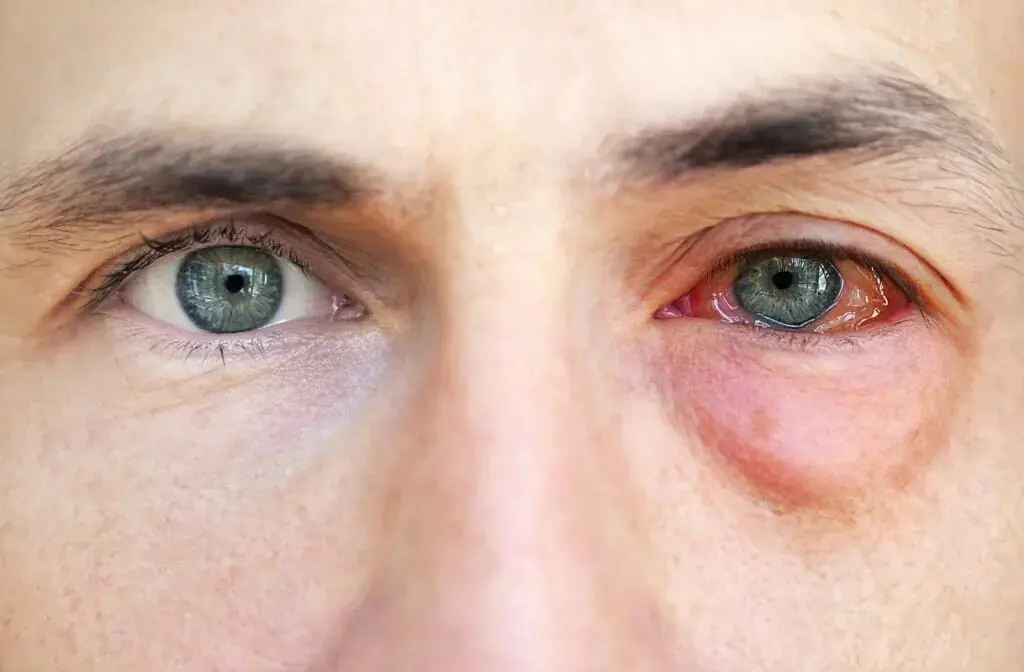
- Cause: Caused by an allergic reaction to things like pollen, dust, or pet dander, allergic conjunctivitis isn’t contagious.
- Symptoms: Besides redness and irritation, you might also experience itching and watery discharge. People with allergic pink eye often have other allergy symptoms, like runny noses or sneezing.
- Treatment: Over-the-counter allergy medication (like antihistamines) can help reduce symptoms. You might also try cold compresses to soothe the irritation. If symptoms persist, consult with your primary care provider.
Irritant Conjunctivitis
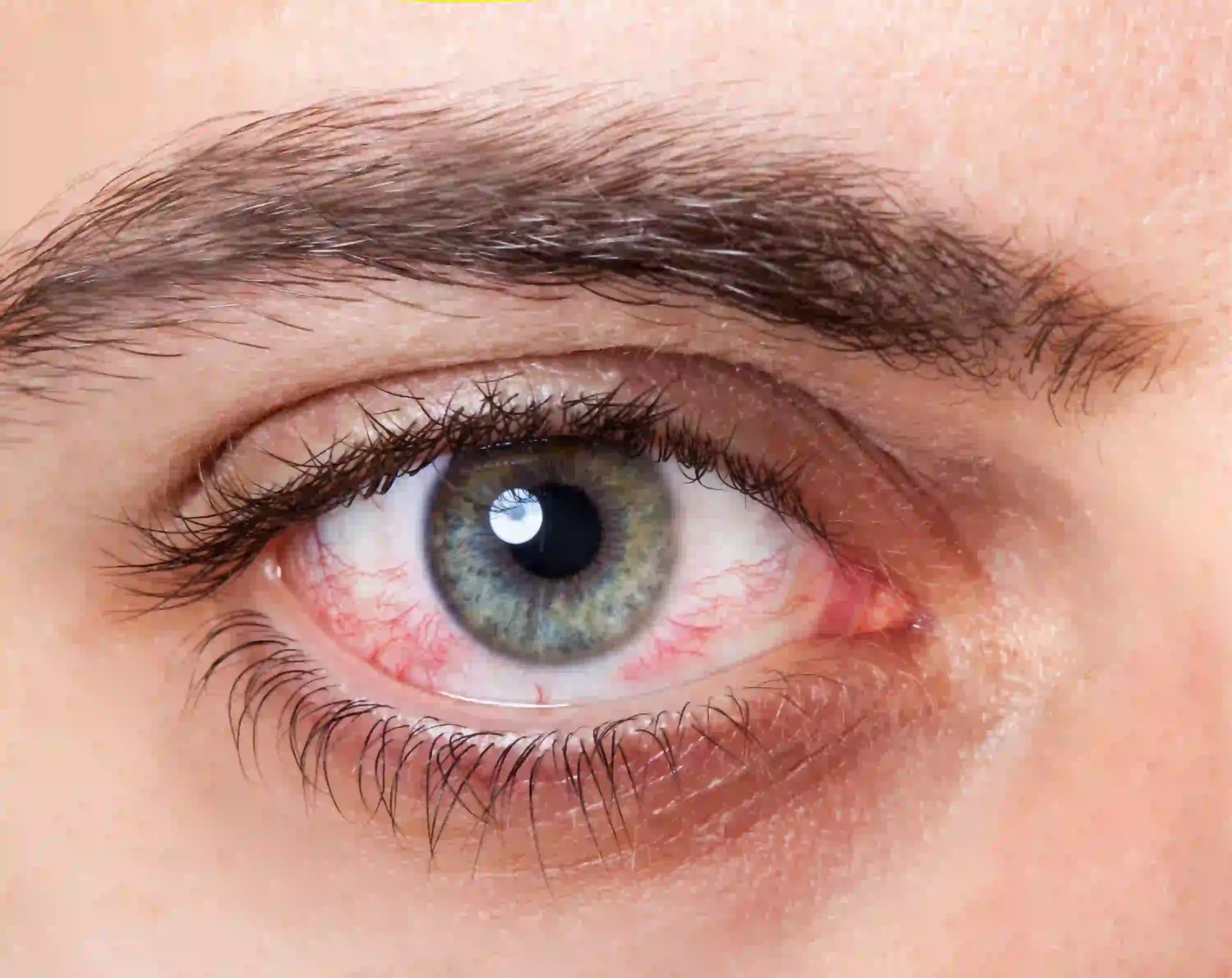
- Cause: This is typically triggered by exposure to environmental irritants such as chemicals, pollution, or even dry air.
- Symptoms: Your eyes may feel scratchy or burning, and you might notice redness, especially if you’ve been exposed to smoke or harsh chemicals.
- Treatment: The best way to treat irritant-induced conjunctivitis is to remove the irritant (like moving away from smoke or cleaning the air), and using a clean compress or lubricating eye drops can help soothe your eyes.
Key Causes Summary:
| Type of Pink Eye | Cause | Treatment | Key Symptoms |
| Viral Conjunctivitis | Adenovirus or other viruses | Self-resolving in 7-10 days | Watery discharge, red eyes, cold symptoms |
| Bacterial Conjunctivitis | Staphylococcus, Streptococcus | Antibiotics (eye drops/ointment) | Yellow/green discharge, crusty eyelids |
| Allergic Conjunctivitis | Pollen, dust, pet dander | Antihistamines, cold compresses | Itching, watery eyes, sneezing |
| Irritant Conjunctivitis | Chemicals, smoke, dry air | Remove irritants, lubricating drops | Redness, scratchy, burning feeling |
4. Causes of a Stye
A pink eye vs stye is different in terms of its cause and location, but it’s still a common eye irritation. Unlike pink eye, which affects the surface of the eye, a stye happens when a bacterial infection kill your oil glands or hair follicles of the eyelids.
How do Styes Form?
A pink eye vs stye usually begins as a small bump on the eyelid, typically near the eyelash line. This bump is caused by a blocked gland or follicle, and the infection that follows leads to swelling and pain. It’s typically caused by Staphylococcus bacteria.
Risk Factors for Developing a Stye
While a stye can happen to anyone, certain factors increase your risk:
- Poor hygiene: Touching your eyes with dirty hands or not washing your face regularly.
- Makeup: Using old or contaminated eye makeup can introduce bacteria into the eye area.
- Contact Lenses: Not cleaning your lenses properly can also contribute to stye formation.
- Stress: Some studies suggest that stress may trigger styes by affecting your immune system.
Preventive Measures for Styes
If you’re prone to getting styes, there are a few simple steps you can take to help prevent them:
- Wash your face and hands regularly.
- Avoid rubbing your eyes, as this can transfer bacteria.
- Clean your eyelids gently with a warm, wet cloth to remove any dirt or oil.
- Use fresh eye makeup and clean your makeup tools regularly.
Pro Tip:
It might sound simple, but keeping your eye area clean can make a primary difference. Gently wipe your eyelids with a clean cloth or use an eyelid scrub specifically designed for stye prevention. It’s a small habit that can save you a lot of discomfort!
5. Key Difference Between Stye and Pink Eye
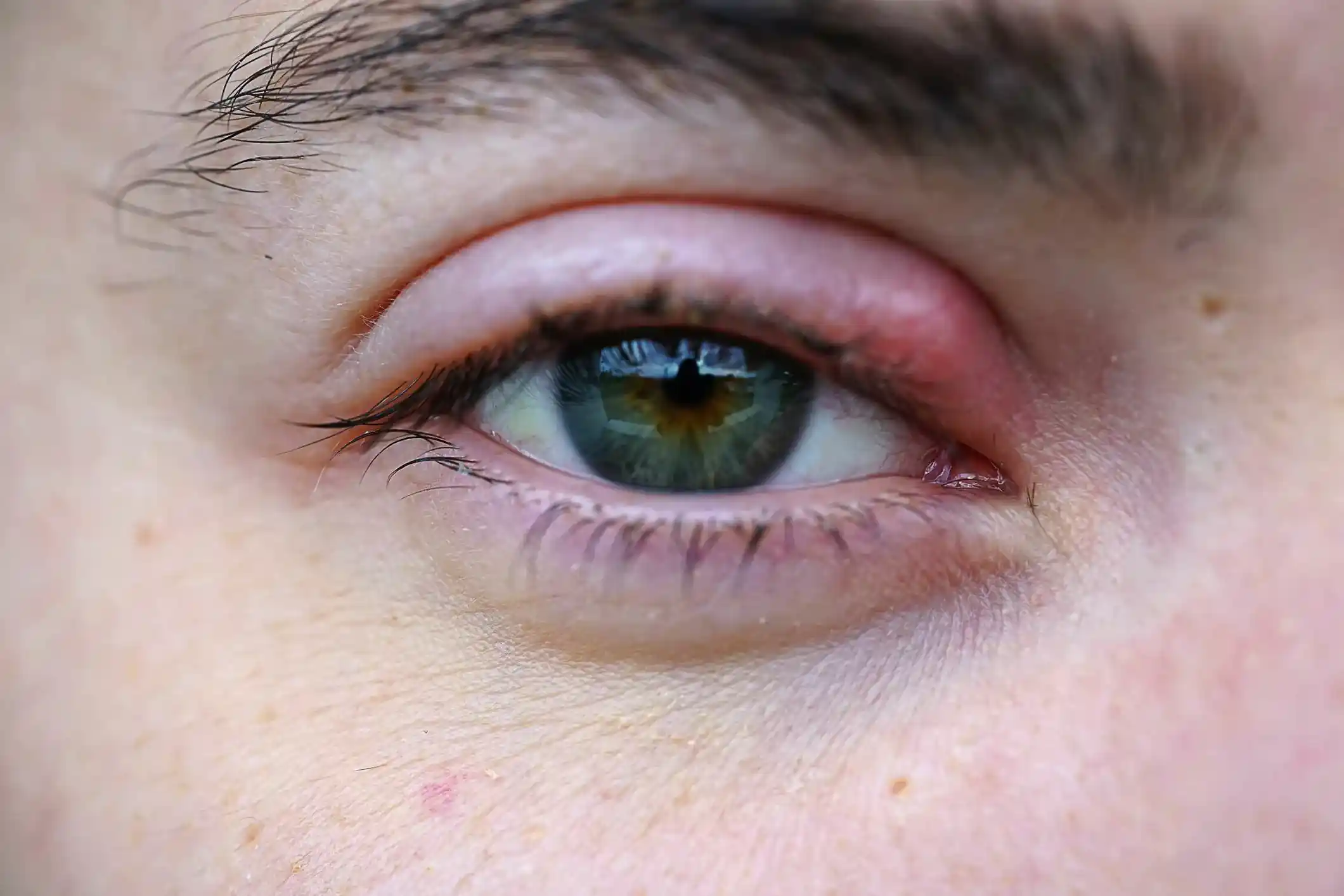
It might sound simple, but keeping your eye area clean can make a primary difference. Gently wipe your eyelids with a clean cloth or use an eyelid scrub specifically designed for stye prevention. It’s a small habit that can save you a lot of discomfort!
If you’re wondering how to tell if your eye irritation is from pink eye vs stye, there are some clear distinctions. Though both conditions can cause redness, discomfort, and even swelling around the eyes, they affect different parts of your eye, and the symptoms are pretty different, too.
| Feature | Pink Eye | Stye |
| Location | Affects the white part of the eye | Affects the eyelid (eyelash area) |
| Redness | Across the entire white of the eye | Limited to the eyelid |
| Swelling | Eyelids can swell but not as much | Swelling localized around the bump |
| Discharge | Watery (viral), thick (bacterial) | Pus-filled bump |
| Pain | Mild irritation, mild pain | Localized, sharp pain in the bump |
6. How to Tell if You Have Pink Eye or a Stye?
- Look for redness: If the whole white part of your eye is red, it’s likely pink eye. If it’s more localized to the eyelid, then it’s a stye.
- Feel for bumps: If you can feel a bump along your eyelid and it’s painful to the touch, it’s likely a stye.
- Check for discharge: Thick, yellow or green discharge points toward bacterial pink eye. A stye, on the other hand, will have pus in the bump, not watery discharge from the eye itself.
7. Treatment Options for Pink Eye
Now that we’ve covered the basics of pink eye vs styes, let’s move on to treatment options. The treatment really depends on the type of pink eye you’re dealing with — whether it’s viral, bacterial, or allergic. Each type requires a different approach.
Viral Pink Eye (Conjunctivitis)
- Treatment: Unfortunately, there’s no cure for viral pink eye, but it will usually resolve on its own in about 7-10 days. Treatment focuses on easing symptoms:
- Use cold compresses to reduce swelling and irritation.
- Over-the-counter eye drops can help alleviate discomfort.
- Avoid wearing contact lenses until the symptoms are completely gone.
- Practice good hygiene to prevent the virus from spreading — wash your hands regularly and avoid sharing towels.
- Use cold compresses to reduce swelling and irritation.
Bacterial Pink Eye
- Treatment: Bacterial conjunctivitis often requires treatment with the strongest natural antibiotic eye drops or ointment prescribed by your healthcare provider.
- You may need a full course of antibiotics to prevent the infection from returning.
- Use warm compresses to soothe irritation and help loosen crusty discharge.
- Make sure to clean your eyes gently with clean water and a wet cloth to keep them free of debris.
- You may need a full course of antibiotics to prevent the infection from returning.
Allergic Pink Eye
- Treatment: If your pink eye is due to allergies, the best way to treat it is to avoid allergens as much as possible.
- Use antihistamine eye drops or take oral antihistamines to control symptoms.
- Applying cold compresses can help with itching and swelling.
- If environmental irritants are the cause, try air purifiers in your home or avoid going outside during high pollen seasons.
- Use antihistamine eye drops or take oral antihistamines to control symptoms.
Irritant Pink Eye
- Treatment: The most important step is to remove the irritant (like smoke or harsh chemicals) from the environment.
- Rinse your eyes with clean water to flush out the irritant.
- Lubricating eye drops can help moisturize your eyes and soothe the irritation.
- Rinse your eyes with clean water to flush out the irritant.
Pro Tip: If you’re dealing with pink eye caused by bacteria or a virus, keep in mind that it’s highly contagious. Avoid touching your face, and always wash your hands thoroughly after touching your eyes. Also, throw out any used tissues or cotton pads you use to wipe away discharge to prevent reinfection.
8. Treatment Options for a Stye
Treating a stye is usually straightforward, and most of the time, you can manage it at home. However, in some cases, you might need medical treatment. Here are the best ways to treat a stye, from home remedies to medical options.
Home Treatments for Styes
- Warm Compresses: Applying a warm compress to the affected area is the most effective way to treat a stye. The heat helps loosen the blockage in the oil gland and promotes drainage.
- Gentle Massage: After applying the warm compress, gently massage the area with clean fingers to help the pus drain. Be careful not to press too hard.
- Pain Relief: If you’re experiencing mild pain, over-the-counter pain relievers like ibuprofen or acetaminophen can help ease discomfort.
Medical Treatments for Styes
- Antibiotic Ointments: If the stye doesn’t improve with home treatments, your healthcare provider may prescribe antibiotic ointment to help clear up the infection.
- Drainage by a Professional: If the stye is large or doesn’t drain naturally, your eye doctor may need to drain it professionally. They’ll do this in a sterile environment to avoid further complications.
9. Prevention Tips for Pink Eye
Preventing pink eye is all about practicing good hygiene and minimizing exposure to the causes of conjunctivitis. Here are some essential tips to keep in mind to reduce your chances of getting viral conjunctivitis, bacterial conjunctivitis, or even allergic conjunctivitis.
General Hygiene Practices
- Wash Your Hands: This may seem basic, but washing your hands regularly with soap and water is one of the best ways to prevent the spread of pink eye vs stye.
- Avoid Touching Your Face: Try to keep your hands away from your eyes, as it’s easy to transfer bacteria or viruses from your hands to your eyes.
- Don’t Share Towels or Pillows: Sharing towels, makeup brushes, or pillows can spread bacterial infections like pink eye. Keep your personal items to yourself.
For Viral and Bacterial Pink Eye
- Use Separate Towels: If you or someone in your household has pink eye, make sure to use separate towels and washcloths.
- Disinfect Surfaces: Regularly clean surfaces in your home, especially in high-traffic areas like the bathroom and kitchen.
- Avoid Contact with Infected Individuals: If someone you know has pink eye vs stye, avoid close contact until they’re no longer contagious (usually 7-10 days for viral and bacterial pink eye).
For Allergic Pink Eye
- Avoid Known Allergens: If you know you’re allergic to certain things like pollen, dust, or pet dander, take measures to reduce exposure.
- Keep Your Environment Clean: Regularly vacuum and clean your home to minimize allergens like dust mites and pet hair.
- Wear Sunglasses: If you suffer from seasonal symptom of allergies, wearing sunglasses can help reduce the number of allergens that enter your eyes when you go outside.
Pro Tip: Keep windows closed during high pollen seasons and use air purifiers in your home to filter allergens and prevent the allergiees like pink eye vs stye.
For Irritant-Induced Pink Eye
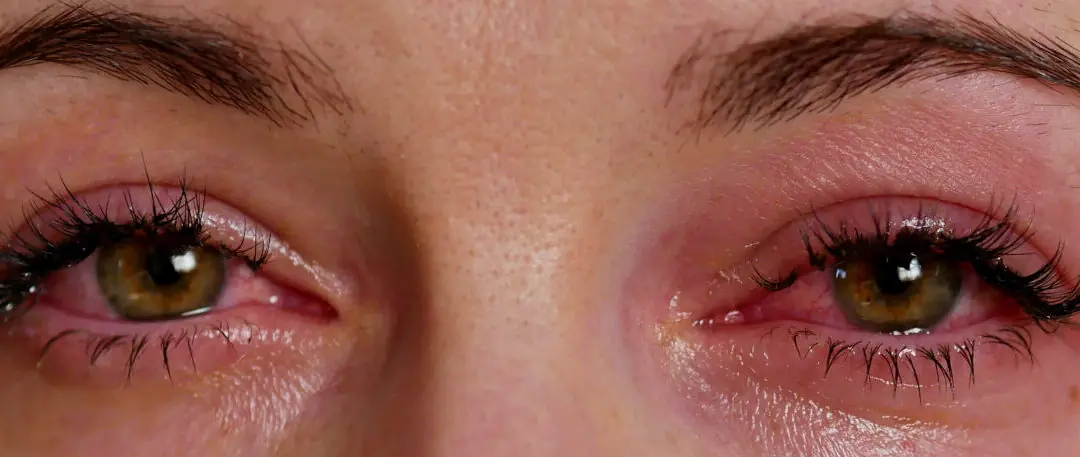
- Avoid Smoke and Fumes: If you’re sensitive to pollution or chemicals, try to avoid places with smoke or harsh fumes.
- Use Eye Protection: When working with chemicals or being exposed to irritants (like in a lab or workshop), wear protective eyewear to shield your eyes.
Pro Tip: If you wear contact lenses, make sure to follow proper contact lens care to avoid bacterial infections. This means using fresh contact lens solution, not wearing your lenses for too long, and regularly cleaning your lenses. Also, never sleep in your lenses — doing so increases the risk of developing pink eye vs stye.
10. Preventing Styes
Just like with pink eye, preventing a stye is all about maintaining good hygiene and avoiding conditions that can lead to blocked oil glands or follicles. Follow these simple steps to reduce your risk of developing a stye:
Hygiene Tips for Preventing Styes
- Wash Your Hands: Before touching your eyes, make sure your hands are clean.
- Clean Your Eyelids Regularly: Gently wipe your eyelids with a clean, damp cloth to remove excess oil or debris.
- Avoid Rubbing Your Eyes: Rubbing your eyes can introduce bacteria and irritate the eyelid, making styes more likely.
Eye Makeup Tips
- Use Clean Makeup Tools: Regularly clean your mascara wand, eyeliner brush, and any other tools you use to apply makeup.
- Don’t Share Makeup: Sharing makeup can transfer bacteria to your eyes. Make sure your makeup is for your use only.
- Throw Out Expired Makeup: Old makeup is a breeding ground for bacteria, so don’t hesitate to toss expired products, especially eye makeup.
Contact Lens Care
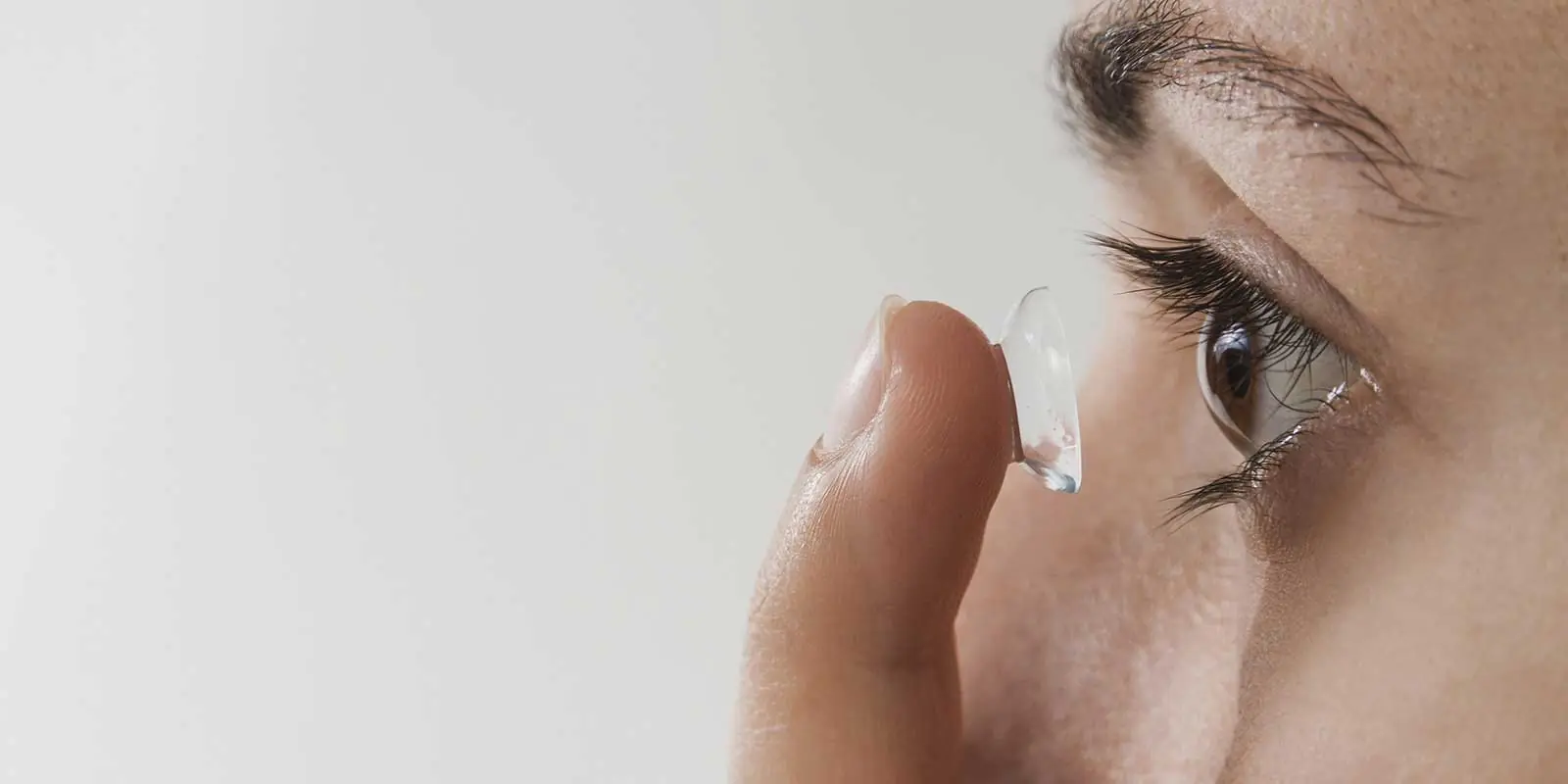
- Clean Your Lenses: If you wear contact lenses, make sure to clean them properly with contact lens solution.
- Avoid Wearing Lenses Too Long: Don’t leave your lenses in overnight (unless they’re specifically designed for extended wear). Prolonged use can lead to blocked oil glands and styes.
11. Doctor’s Role in Diagnosing Pink Eye and Styes
A doctor can easily diagnose pink eye vs stye by looking at your symptoms and examining your eyes. They may take a swab of the discharge (for bacterial infections) or ask you about your medical history (for allergic or irritant conjunctivitis).
Depending on the diagnosis, pink eye vs stye they will recommend the appropriate treatment options — from antibiotics for bacterial infections to eye drops for allergies.
Conclusion
When it comes to eye health, pink eye vs styes are common but often confusing conditions. Both can cause discomfort, redness, and swelling, but the key differences in symptoms, location, and discharge can help you figure out whether you’re dealing with pink eye vs stye.
Remember, if you’re unsure about your symptoms, it’s always a good idea to seek advice from a healthcare provider or eye doctor. Early diagnosis can help you start the right treatment and avoid further complications. Whether it’s a viral infection, bacterial infection, or an allergic reaction, there’s no need to panic — with the right care, you can get your eyes back to feeling better in no time.
Be sure to practice good hygiene, use warm compresses, and avoid sharing towels to keep pink eye vs styes at bay. If you’re unsure, don’t hesitate to reach out to an eye doctor for the right treatment.
Frequently Asked Questions
1. What’s the main difference between pink eye and a stye?
Pink eye affects the conjunctiva (the white part of the eye) and causes redness across the whole eye. A stye, however, is a painful bump on the eyelid caused by a blocked gland.
2. How do you know if it’s viral or bacterial pink eye?
Viral pink eye usually comes with a watery discharge and often follows a cold, while bacterial pink eye has a thicker, yellowish discharge and may require antibiotics.
3. Can a stye go away on its own?
Yes, most styes will heal within a few days with proper care, such as warm compresses and gentle massage.
4. Is pink eye contagious?
Yes, both viral and bacterial pink eye are contagious, especially through contact with infected surfaces or shared towels.
5. Can I still wear contacts if I have pink eye?
It’s best to avoid wearing contact lenses until your symptoms have cleared up, especially with bacterial pink eye.
6. How long does pink eye last?
Viral pink eye usually lasts 7-10 days, while bacterial may clear up in a few days with treatment.
7. What’s the best way to prevent styes?
Good hygiene, such as washing your hands, avoiding rubbing your eyes, and cleaning your eyelids, can reduce your chances of developing a stye.
8. Can allergies cause pink eye?
Yes, allergic conjunctivitis is a common type of pink eye caused by allergens like pollen, dust, and pet dander.
9. Is it safe to pop a stye?
No, never pop a stye. Doing so can cause the infection to spread. Instead, apply a warm compress and see a doctor if it doesn’t improve.
10. Should I go to the doctor for a stye?
You should see a doctor if your stye is large, doesn’t improve with home remedies, or causes vision problems.

